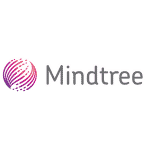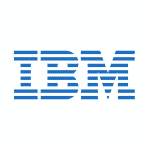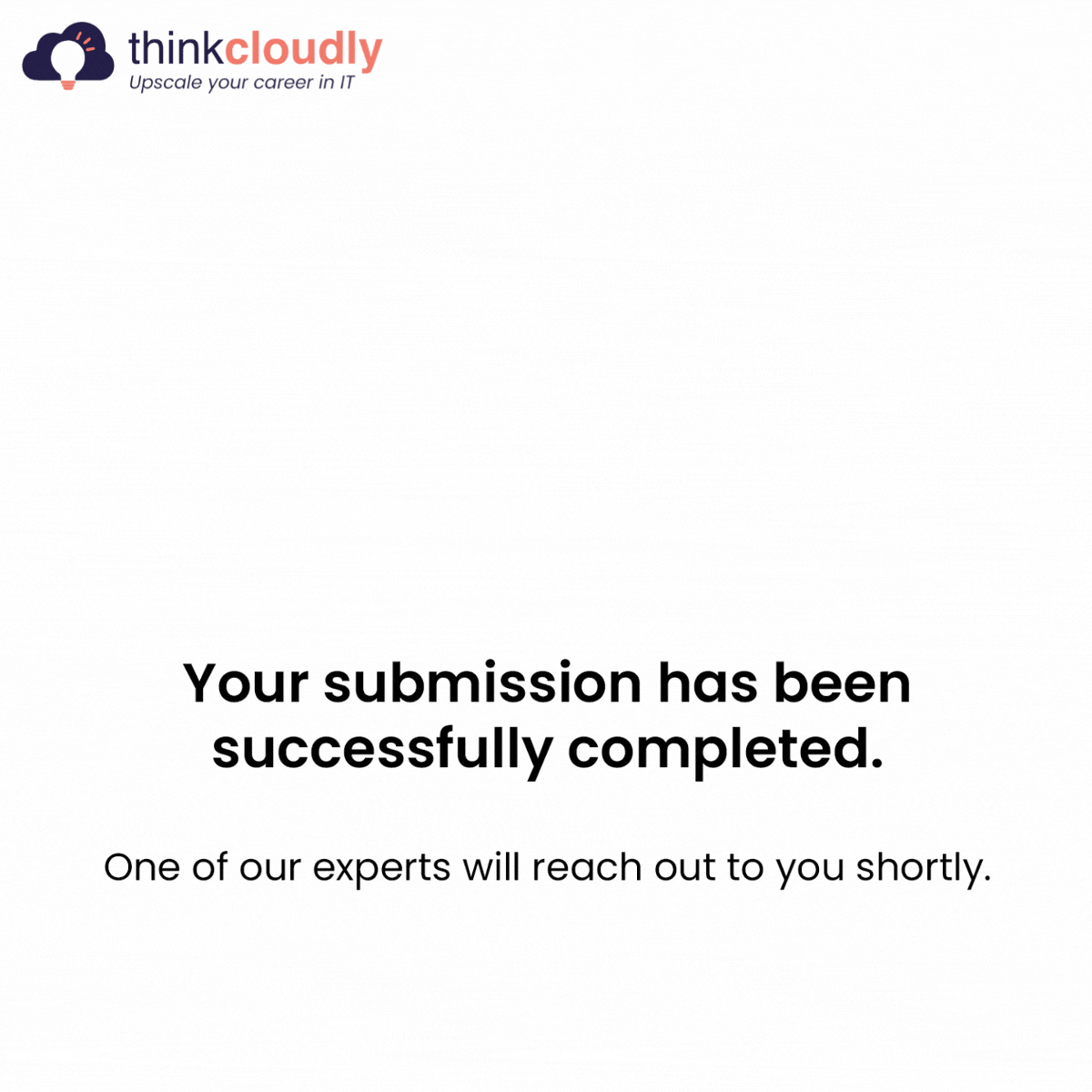Introduction
In the dynamic landscape of cloud computing, Kubernetes has emerged as a powerful orchestration tool, allowing organisations to efficiently manage containerised applications. However, as the scale of Kubernetes deployments grows, so does the need for cost management. In 2024, optimising Kubernetes costs is paramount, and a variety of tools have surfaced to address this challenge. In this blog, we’ll explore seven Kubernetes cost optimisation tools that are worth evaluating to ensure your containerised workloads are both efficient and cost effective.
7 Kubernetes Cost Optimisation Tools to Evaluate in 2024
1.Kubecost:
Overview:
Kubecost is a comprehensive open-source platform designed to provide visibility into Kubernetes costs. It enables users to understand resource allocation, track spending, and optimise containerised applications.
Key Features:
- Granular Cost Allocation: Break down costs by namespace, deployment, and service for precise analysis.
- Budgeting and Forecasting: Set budgets and receive alerts to avoid unexpected expenses.
- Resource Efficiency: Identify underutilised resources and optimise allocation to reduce costs.
- Lens:
Overview:
Lens is an integrated development environment (IDE) for Kubernetes that goes beyond traditional management tools. It offers a unique perspective on cost optimization by providing insights into resource usage and cluster efficiency.
Key Features:
- Real-time Resource Monitoring: View resource consumption and identify potential cost inefficiencies.
- Multi-cluster Management: Monitor and manage multiple clusters from a centralised interface.
- Cost-Aware Development: Enable developers to make cost-conscious decisions by visualising resource usage.
- Kubevious:
Overview:
Kubevious is a Kubernetes-aware configuration validation and optimisation platform. It helps organisations enhance the efficiency of their clusters by offering real-time insights into configuration and their impact on costs.
Key Features:
- Configuration Analysis: Identify misconfigurations which can lead to resource wastage and increased costs.
- Visualisation: Visualise configurations to understand their impact on performance and costs.
- Continuous Optimisation: Receive recommendations for optimising configurations based on best practices.
4. Goldpinger:
Overview:
Goldpinger focuses on optimising Kubernetes costs by efficiently managing network-related resources. It is a lightweight tool designed to assess the health and responsiveness of network paths, aiding in cost-effective network resource utilisation.
Key Features:
Network Health Monitoring: Continuously monitor the health of network paths within your Kubernetes environment.
Latency Analysis:Identify areas of latency that may contribute to increased costs.
Cost-Efficient Networking: Optimise network configurations to reduce latency and enhance cost-effectiveness.
- Karpenter:
Overview:
Karpenter is an open-source project from AWS which automates the provisioning and scaling of clusters based on the actual resource needs of your workloads. By optimising the size and scale of clusters, Karpenter helps control costs associated with over-provisioning.
Key Features:
- Auto-Scaling: Dynamically adjust cluster sizes based on workload demands to prevent over-provisioning.
- Spot Instance Support: Utilise cost-effective spot instances for non-critical workloads.
- Integration with AWS Fargate: Seamlessly integrate with AWS Fargate for serverless container management.
- Kube-bench:
Overview:
Kube-bench is a tool that checks Kubernetes installations against security benchmarks. While its primary focus is security, it indirectly contributes to cost optimization by ensuring that your Kubernetes environment is configured efficiently and securely.
Key Features:
- Security Benchmarking: Evaluate your Kubernetes setup against industry standard security benchmarks.
- Resource Security: Identify security-related misconfigurations which may impact resource efficiency and costs.
- Continuous Monitoring: regularly assess and enforce security best practices for ongoing cost efficiency.
- KubeLinter:
Overview:
KubeLinter is a static analysis tool which helps identify issues in Kubernetes object configurations before they are deployed. By ensuring that configurations are optimised from the start, KuberLinter contributes to ongoing cost management.
Key Features:
Pre-Deployment Analysis: Identify potential issues in Kubernetes configurations before deployment.
Cost Efficient Configurations: Ensure that configurations align with best practices for resource efficiency.
Integration with CI/CD: Seamlessly integrate with your CI/CD pipeline to catch configuration issues early in the development process.
Conclusion
As organisations continue to embrace Kubernetes for container orchestration, the importance of optimising costs with these environments becomes paramount. The tools mentioned above will provide a diverse set of features to address different aspects of Kubernetes cost optimization, ranging from resource allocation and network efficiency to security and configuration management. Evaluating and integrating these tools into your Kubernetes workflow can significantly contribute to a more efficient and cost effective containerised infrastructure in 2024 and beyond. Stay proactive, embrace automation, and ensure that your Kubernetes deployments align with both performance and budgetary goals.












No comment yet, add your voice below!